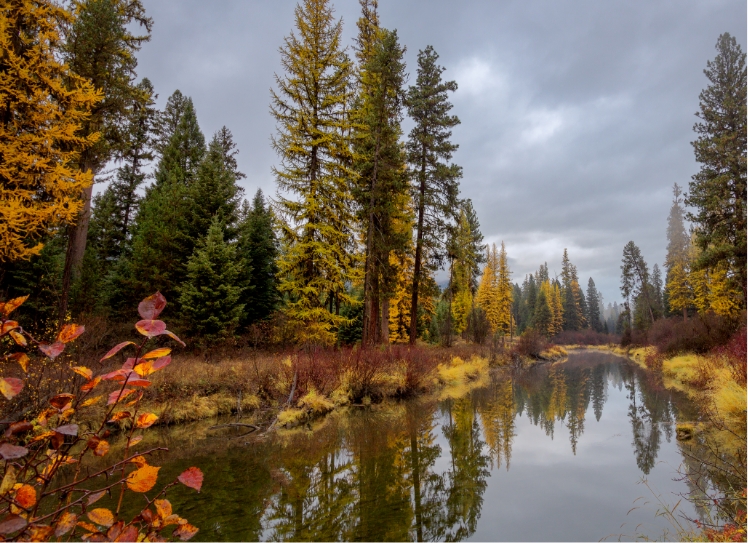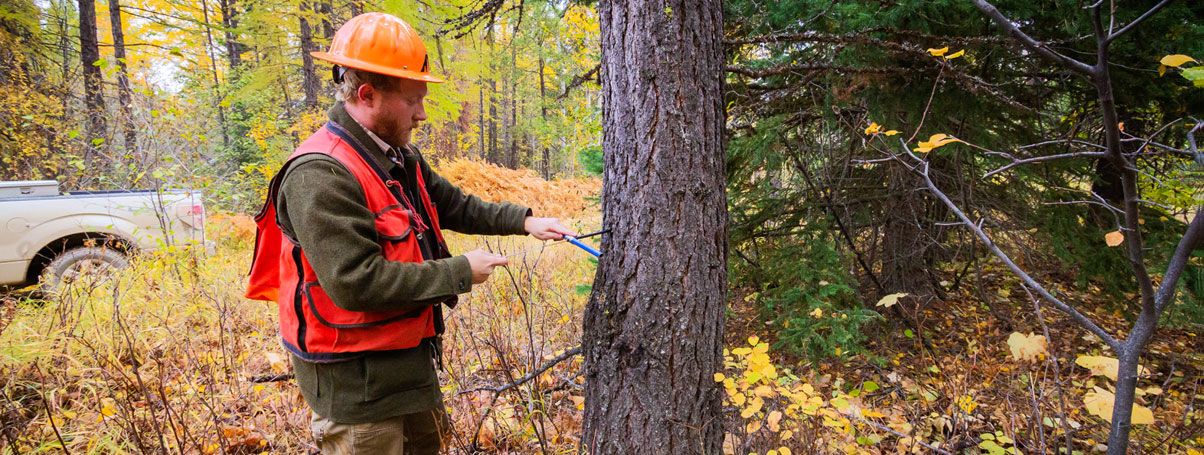Forest Stewardship
Maintaining Sources of Pure, Clean Water
Every community and healthy ecosystem rely on access to clean, pure water. Our forests help make that possible while doing so much more.
With public and private forest lands supplying water to more than half of all people in the U.S., working forests have an essential role to play. Our forests are home to rivers, lakes and streams that support many communities while enabling a variety of plant, tree, wildlife and fish species to grow and flourish. Forests also help to generate rainfall, which can prevent risks of wildfire and drought. For all of these reasons, we take careful measures to protect water quality on all of our owned and managed lands.


